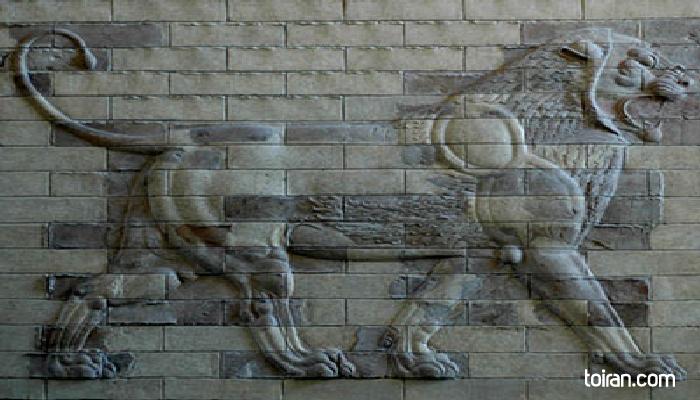National Museum of Iran opened in 1937 as the first modern museum of the country and houses different artifacts from different pre-Islamic eras in Iranian history. Built on the order of Reza Shah Pahlavi (1878-1944), the building of this museum was designed by French archaeologist, architect and historian André Godard (1881-1965) to resemble the Sassanid-era Kasra Arch of Ctesiphon. Red bricks in the façade of this three-story building have been used to bring to mind Sassanid architecture.
The museum features prehistoric artifacts as well as Bronze and Iron Age items. The oldest manmade item in the museum is made of quartz and dates back to a million years ago. This artifact was found in excavations at Kashf Roud, east of Mashhad.
The museum holds intact column heads and statues from Persepolis, mosaics found in different parts of Iran, statues, vessels from different historical eras, jewelry, coins, human skeletal remains and rhytons.
The museum houses a one-armed bronze statue of a Parthian man. The statue is believed to be Parthian commander Surena (84 – 53 BC) who defeated the Romans in the Battle of Carrhae.
The statue of Darius I or Darius the Great (550–486 BCE) is another notable item on display at the museum. One of the best examples of Achaemenid (550–330 BC) sculpting, the remaining half of this statue is 2 meters and 36 centimeters tall. Darius I is wearing ceremonial robes and there are inscriptions in ancient Persian, Elamite, Akkadian and Egyptian hieroglyph on the folds of his robes. The pedestal on which the statue stands, resemble Egyptian reliefs and shows the 24 subject nations of the Persian Empire in their traditional outfits and with their unique hair styles. The statue was originally erected in the Atum Temple of Heliopolis in ancient Egypt but was later relocated to Susa by Xerxes I (520-465 BC) after quelling the Egyptian rebellion.
Another one of the valuable items of the museum is the stone bust of Queen Musa the wife of Parthian King Phraates IV (Ruled from 37–2 BC).



